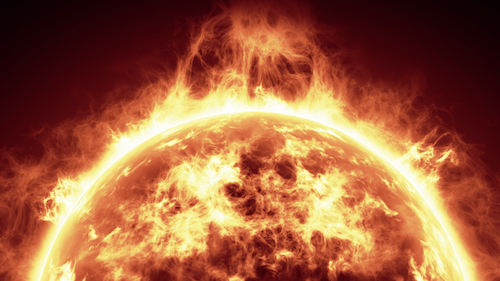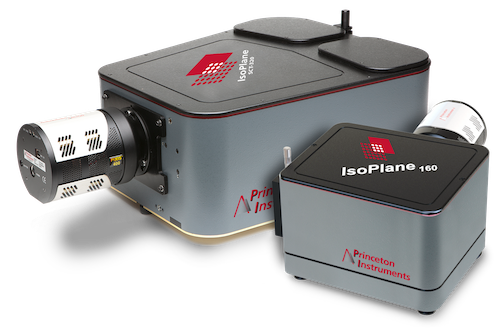Plasma Physics and Monitoring
Plasma is the fourth state of matter and is comprised of charged particles. When matter (usually gas) is heated to high enough temperatures the electrons become detached from the parent molecule or atom. This ionization is plasma and can also be achieved artificially by using high-power laser light.
Plasma is usually found naturally in space and stars, as well as atmospherically, and is studied via plasma physics. The temperature and density of the surrounding plasma environment determine whether partially ionized or fully ionized forms of plasma are produced.

Spectrometers for Plasma Physics
IsoPlane
The IsoPlane offers the highest spectral resolution and imaging performance to ensure almost perfect capture of information throughout the plasma formation process.
As plasma physics monitors the ionization of samples, a broad range is essential to capture all information of the chosen ionized sample. With a unique optical design, the IsoPlane completely eliminates astigmatism across the focal plane. This offers multichannel capabilities to obtain broad range spectral information.
The IsoPlane provides twice the light-gathering power of a typical Czerny-Turner spectrograph. This produces sharper images and improved resolution, ideal for determining composition of the plasma alongside the plasma environment.

Cameras for Plasma Physics
PI-MAX4
The PI-MAX4 delivers excellent precision timing, sensitivity, intelligence and speed through the combination of EMCCD and ICCD sensor technology.
As plasma physics utilizes ionized atoms to study composition, a high light throughput is required for capturing all available imaging. The coupling of the EMCCD to an imaging intensifier, present within the PI-MAX4, allows for a 6x higher light throughput between the imaging intensifier and the detector in comparison to lens-coupled configurations.
Some plasma monitoring relies on high-power laser light for artificial plasma formation. Laser-based techniques rely on fast, reliable gating mechanism to remove any laser information. The PI-MAX4 offers precision gating to <500 picoseconds, ideal for removing any unwanted laser information.

